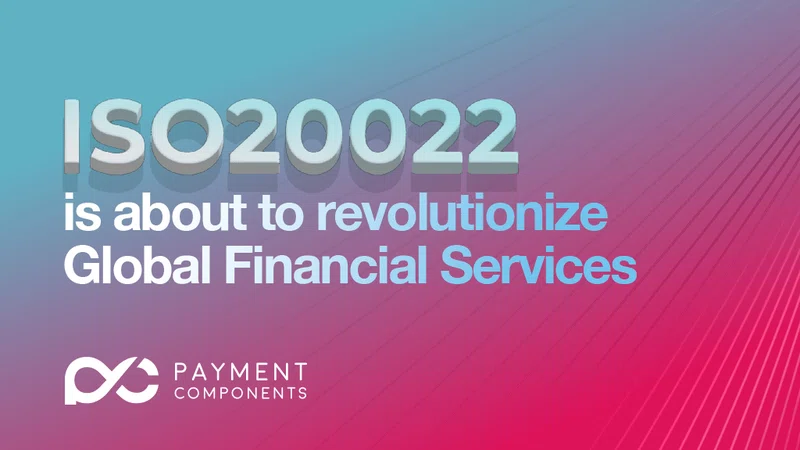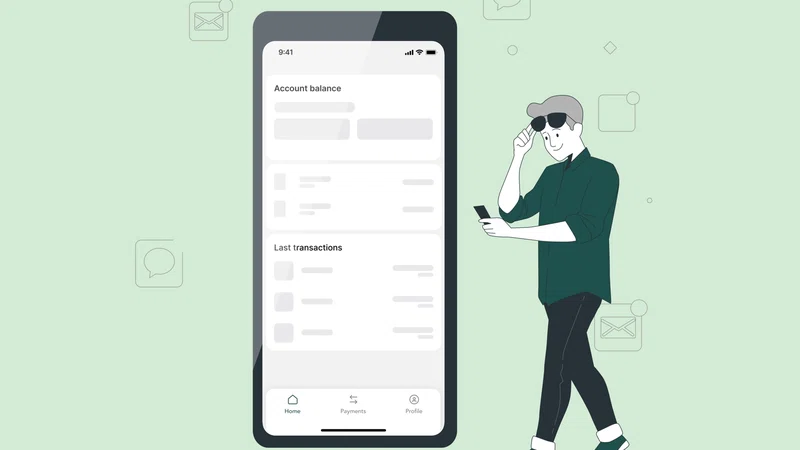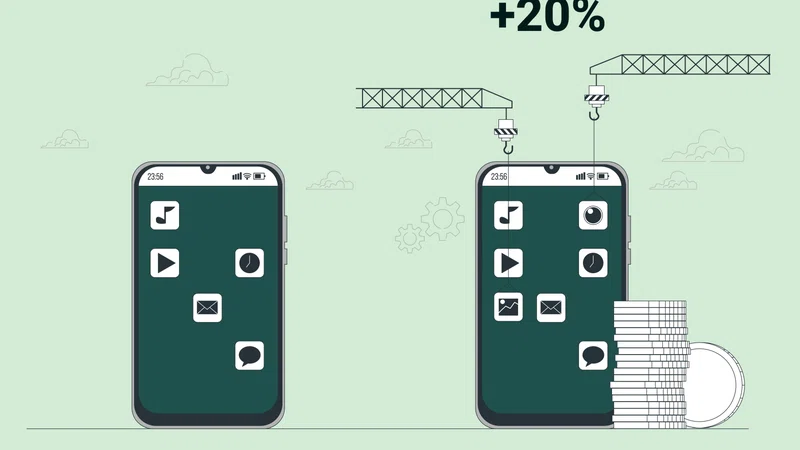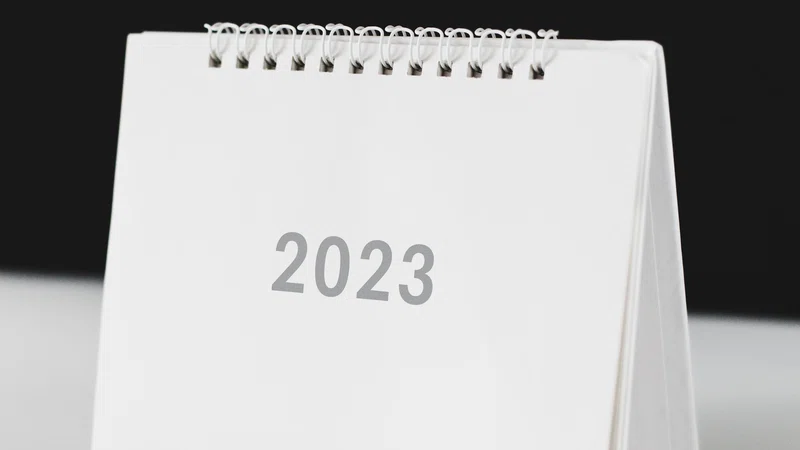In 2021, a friend of mine bought an NFT for €1800. Today, it costs €10. The difference is impressive. With the market decline, all token purchases made a year ago lost 80–90% of the margin. The loudest story is connected with Logan Paul, an American YouTube blogger. In 2021, he purchased an NFT called K4M-1 #03 from the Azuki Bumblebee collection. The asset was worth $623 thousand. July 13, 2022, Paul published a tweet, saying that the token price fell to $10. His Genesis Rocks №65 and №68 transformed from $155 thousand into $25. According to DappRadar, Paul’s NFT is worth $7 272 (prices are still incomparable).
When the first artNFTs emerged, most people would only smile skeptically. However, growing excitement and interest metamorphosed the market into a dramatically new dimension — the world of digital collecting. Incredible and promising. Later, Coca-Cola, Gucci, Dolce & Gabbana, Tiffany & Co, Nike, Adidas entered the NFT market. Christie's, and Sotheby's introduced and would successfully sell NFT. The 2021 DappRadar report states that the trading volume of the NFT market exceeded $23 billion, while the minimum market capitalization of the 100 best NFT collections amounted to $16.7 billion.
The war in Ukraine, increased interest rates, accelerating inflation, crypto winter, and a “bearish market” forced investors to refuse risky assets.
According to Chainalysis, in July 2022, the average cost of NFT sales decreased by 92% since early May 2022, after falling from $3894 to $293.
The annual volume of NFT decreased by 97% compared to 2022 highs: from $17 billion in January to $466 million in September.

Source: Dune Analytics; Dashboard by @hildobby.
Despite the rapid decline and fading interest, predictions for the industry are favorable. According to Verified Market Research, the NFT market is expected to have reached $231.98 billion by 2030. It is predicted to grow by an average of 33.7% a year for 8 years. The analytics connect this growth (not rapid but gradual) with the originality, individuality, and transparency of NFT.
I agree that the NFT market was bloated. However, we cannot call it a bubble. The collapse has another cause many do not recall. I believe that art-tokens fell in price when they started to be used as a fast, big, and easy income. People forgot the reason NFTs were created — proof of ownership of a unique digital asset. Digital seal, not the way to make money. It is the reason today we hear about the need for a new approach to NFT: tokens without an additional value will be replaced by the investment in NFT as a driving force of social changes.
The Decentralized Society: Finding Web3's Soul article E. Glen Weyl, Puja Ohlhaver, and Vitalik Buterin offered the Soulbound Tokens (SBT) concept. They cannot be bought, sold, or transferred. According to the authors, Web3, which must become the foundation for the decentralized society, “lacks soul”. SBT can code webs of trust of the real economics to establish the origin and create the digital reputation of their owners. It will be a kind of CV with information about a person’s achievements: education, additional courses, work experience, conferences attended, or participation in DAO.
Now we face the turning point for NFT — a complicated and difficult to predict.
There are two development scenarios:
- The market dies, as in his time ICO. The dust settled, the excitement subsided.
- The market will be cleaned and use this system for intellectual property rights and the functionality the NFTs were designed for.
I am convinced that BFT must not be seen as a digital asset but go beyond digital art by meeting various options for its use. No doubt, artNFT is remembered, impressive, and sometimes causes confusion. But the tokens themselves should be taken back to the path designed for them initially — as proof of authenticity and product ownership.
It will end the speculative operations and prove the practical value of NFTs.
Keep an eye open.












